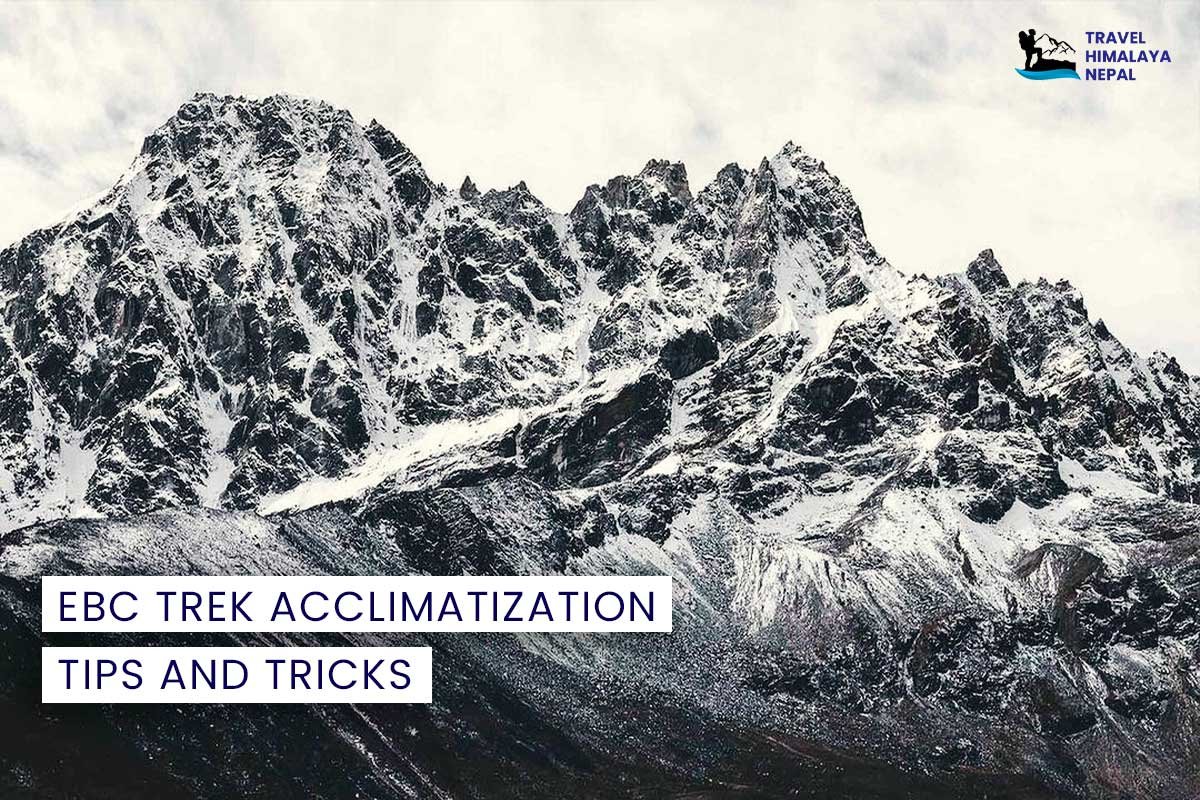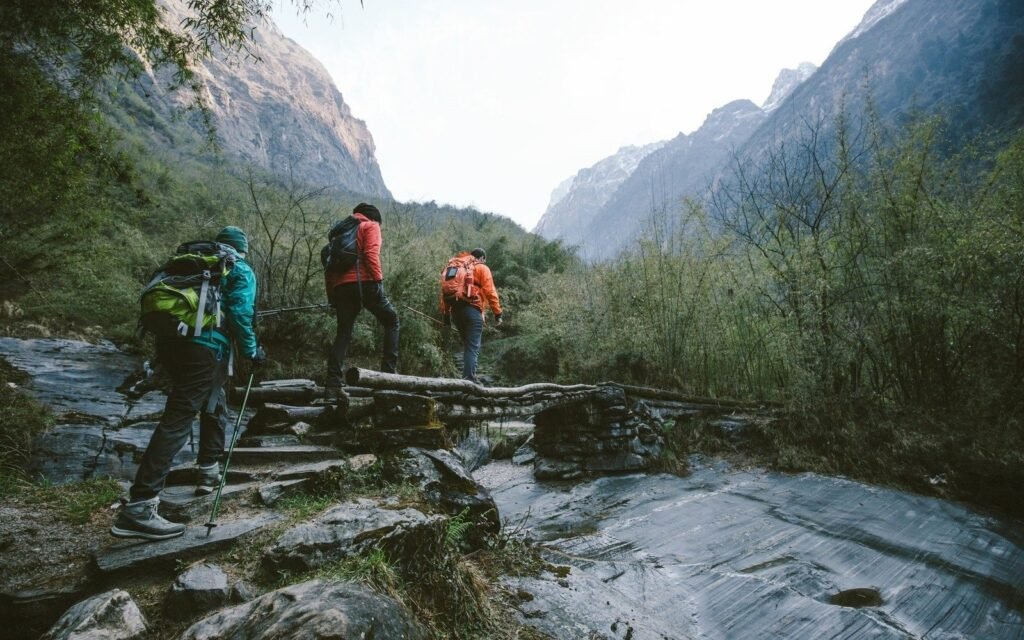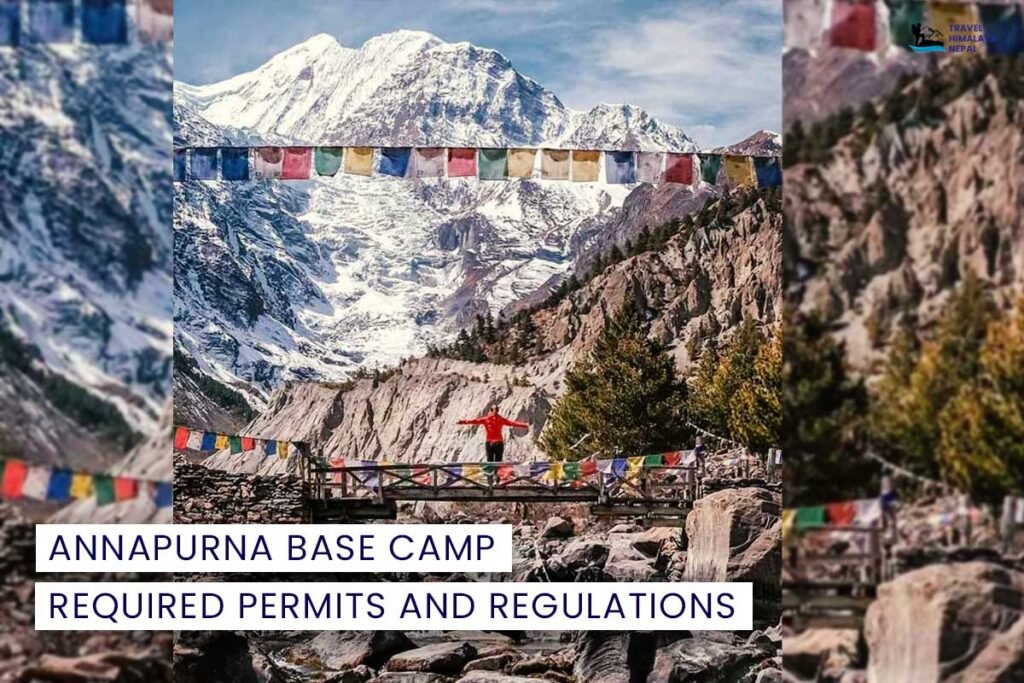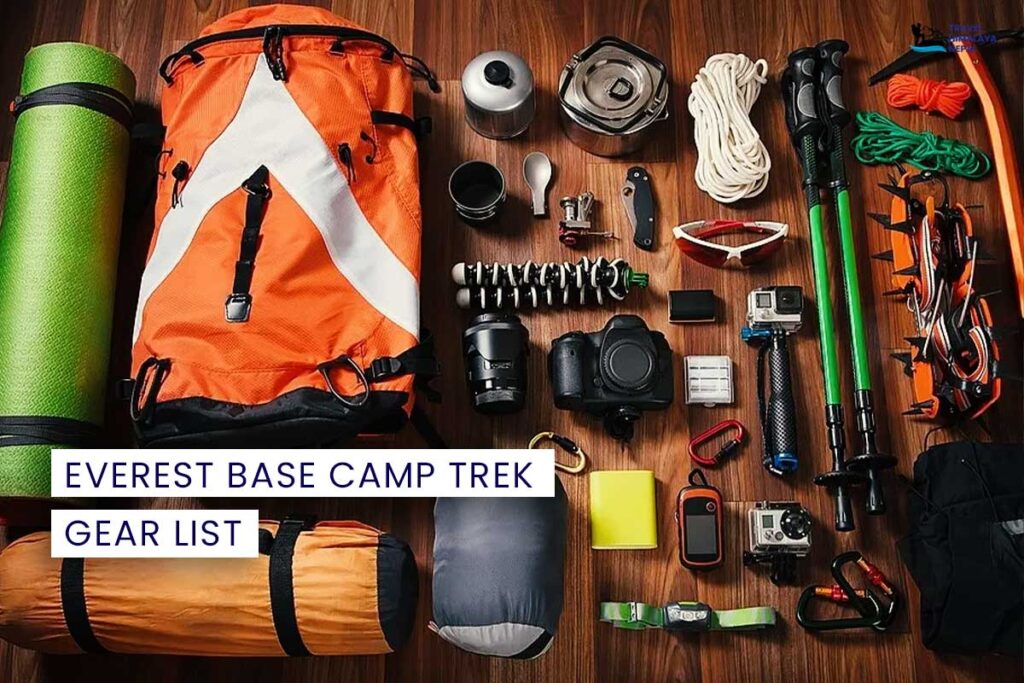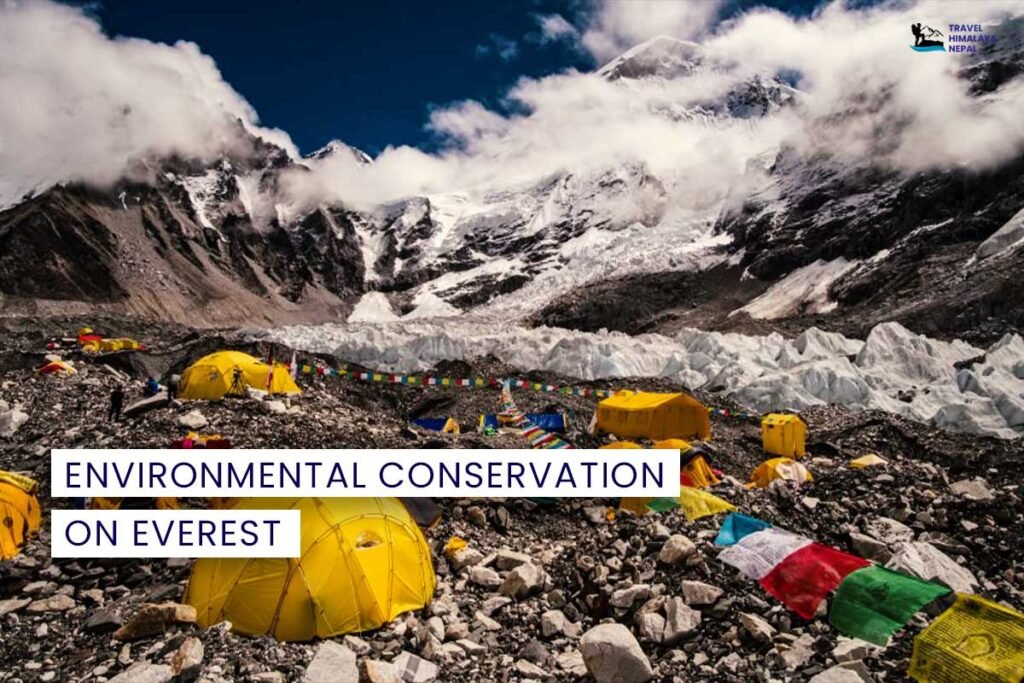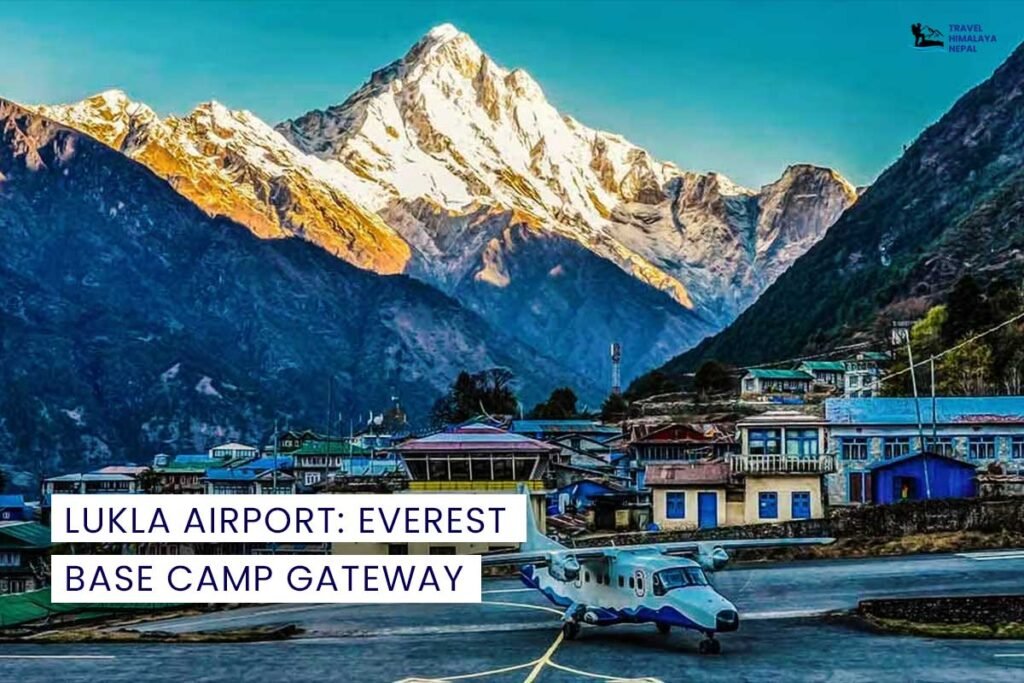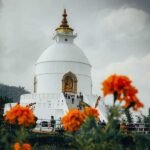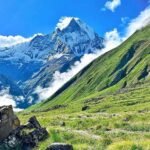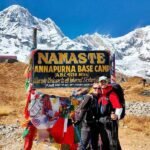Imagine yourself standing amidst the towering giants of the Himalayas, gazing upon the majestic peak of Everest Base Camp (EBC). The crisp mountain air invigorates you, and the panoramic vista of snow-capped peaks leaves you breathless. But to truly experience the magic of the EBC trek, proper acclimatization is key. so let’s see EBC trek acclimatization tips and tricks that will make your trek easier and more adventurous.
Key Takeaway Table
| Action | Why |
|---|---|
| Ascend Gradually | Allows your body to adjust to decreasing oxygen levels. |
| Schedule Rest Days | Gives your body time to consolidate acclimatization. |
| Stay Hydrated | Combats dehydration, a major contributor to altitude sickness. |
| Eat a Balanced Diet | Provides sustained energy and aids muscle recovery. |
The EBC trek is an awe-inspiring adventure that takes you through some of the most breathtaking landscapes on Earth. However, the high altitude can pose a challenge for even the fittest trekkers. This is where acclimatization comes in.
By allowing your body to gradually adjust to the thinner air, you’ll be setting yourself up for a safe and enjoyable trek, maximizing your ability to savor the stunning scenery and unique cultural encounters.
What is Acclimatization?
Acclimatization is the process by which your body adapts to the decreasing oxygen levels as you ascend to higher altitudes. At these heights, there’s less oxygen available in the air, which can lead to a condition known as altitude sickness.
Symptoms of altitude sickness can range from mild headaches and fatigue to more serious issues like shortness of breath and confusion. By properly acclimatizing, you can significantly reduce your risk of experiencing these unpleasant effects.
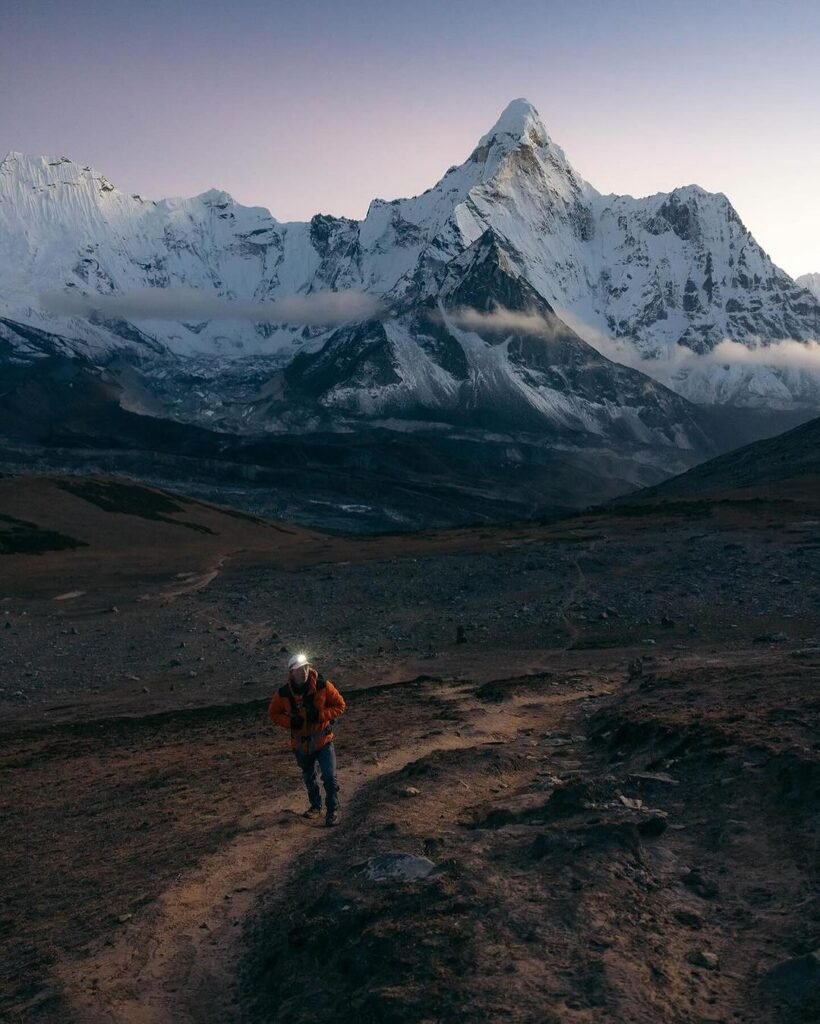
Key Principles of Acclimatization for the EBC Trek
Conquering Everest Base Camp is all about taking things slow and steady, especially when it comes to altitude. Here are the fundamental principles of acclimatization that will ensure a smooth and successful EBC trek:
1. Gradual Ascent
The human body is a remarkable machine, but it needs time to adjust to the thinner air found at high altitudes. Rapid elevation gain is a recipe for altitude sickness. When choosing your EBC trek, prioritize itineraries designed with gradual ascent in mind.
These itineraries will incorporate built-in acclimatization days, allowing your body to slowly acclimatize to the decreasing oxygen levels. Imagine climbing stairs one step at a time instead of trying to leap to the top floor – that’s the essence of gradual ascent for the EBC trek.
2. Rest Days
Rest is not a luxury on the EBC trek, it’s a necessity. While you might be eager to push on and conquer each new viewpoint, scheduling rest days is crucial for proper acclimatization. These rest days allow your body to consolidate the adjustments it’s making and build the necessary resilience for higher altitudes.
Don’t confuse rest days with inactivity – think of them as an opportunity for short hikes to scenic viewpoints or exploring the surrounding villages and immersing yourself in the local culture.
3. Hydration
Staying hydrated becomes even more critical at high altitudes. The thinner air increases your body’s water loss through respiration, so it’s essential to replenish those fluids. Aim to drink significantly more water than you usually would at lower elevations.
A good rule of thumb for the EBC trek is to consume 4-5 liters of water daily. Here’s a pro tip: monitor your urine color – it should be pale yellow. Darker colored urine indicates dehydration and a need to increase your water intake.
4. Diet: Fueling Your EBC Trek Acclimatization
Your body is essentially a high-altitude engine on the EBC trek, and just like any engine, it needs the right fuel for optimal performance. A balanced diet rich in complex carbohydrates and protein is vital for proper EBC trek acclimatization.
Complex carbohydrates provide sustained energy throughout the day, while protein helps with muscle repair and recovery. Think whole grains, lentils, vegetables, and lean meats – these will be your allies on the trail.
EBC Trek Acclimatization Tips & Tricks (Table Included)
Here’s your ultimate cheat sheet for conquering Everest Base Camp with ease:
| Tip | Description | Benefits |
|---|---|---|
| Slow and Steady Pace | Ascend gradually and avoid pushing yourself too hard. Listen to your body and take breaks when needed. | Reduces the risk of altitude sickness and allows for better acclimatization. |
| Hydrate, Hydrate, Hydrate! | Aim for 4-5 liters of water daily and monitor your urine color (pale yellow is ideal). | Combats dehydration, a major contributor to altitude sickness. |
| Embrace Rest Days | Schedule rest days to allow your body to adapt to the decreasing oxygen levels. Use these days for short hikes or cultural exploration. | Promotes better acclimatization and helps you avoid exhaustion. |
| Fuel Your Body Right | Prioritize complex carbohydrates and protein for sustained energy and muscle recovery. | Enhances your energy levels and overall well-being during the trek. |
Bonus Tips:
- Consult your doctor about using Diamox for altitude prevention.
- Avoid alcohol and smoking, as they can hinder acclimatization.
- Practice deep breathing exercises to improve oxygen intake.
- Descend if you experience any altitude sickness symptoms – “going down is the way up” at high altitudes.
Case Study: A Sample Acclimatization Day
Imagine a typical day on your EBC trek itinerary designed for optimal acclimatization. You might start with a gentle morning hike to a breathtaking viewpoint, followed by a relaxing breakfast at a quaint teahouse. The rest of the day could involve exploring a nearby monastery, indulging in local cuisine, and practicing deep breathing exercises in preparation for higher climbs.
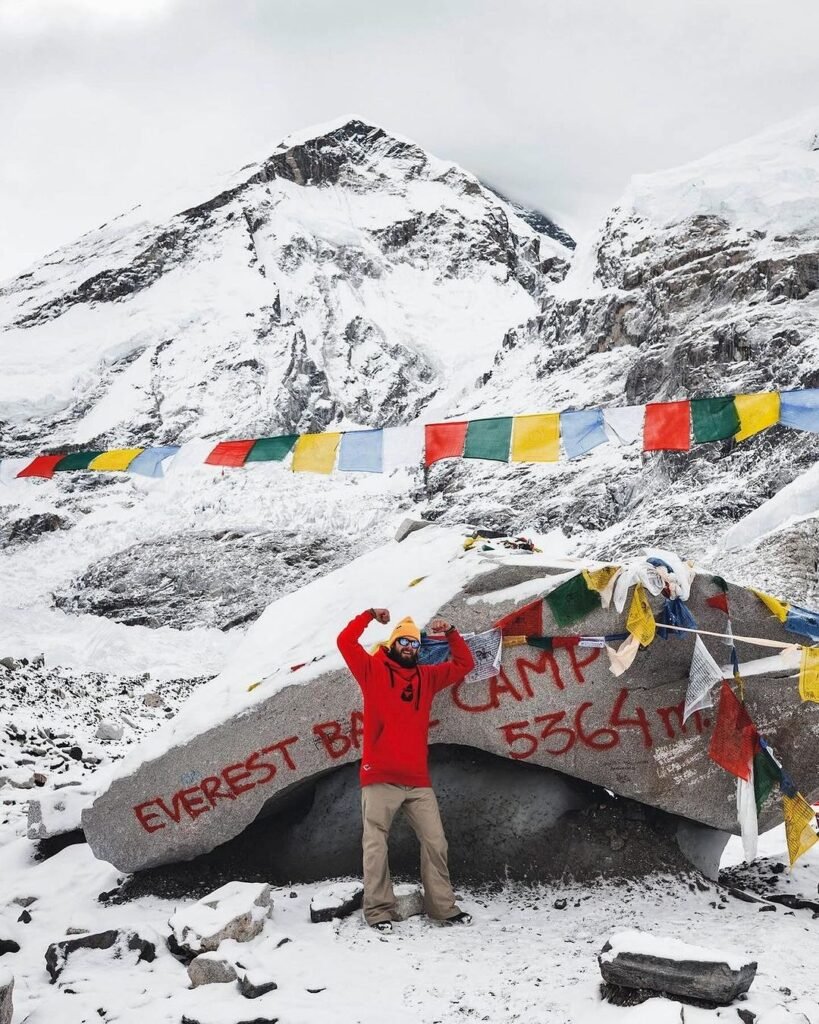
Conclusion
By prioritizing EBC trek acclimatization, you’re setting yourself up for a successful and enjoyable adventure. Following these tips and choosing an itinerary with built-in acclimatization days will significantly increase your chances of reaching Everest Base Camp feeling energized and exhilarated.
Remember, researching EBC treks that prioritize a gradual ascent and rest days is key to a smooth journey to the foot of the world’s tallest mountain. So, these were our EBC Trek Acclimatization Tips and Tricks, hope this helps you to make your travel more adventurous and worry free.
Read This: Everest Base Camp Trek Detailed Itinerary 2024 Updated
Frequently Asked Questions (FAQs) about EBC Trek Acclimatization:
1. What is EBC trek acclimatization?
EBC trek acclimatization is the process of allowing your body to gradually adjust to the decreasing oxygen levels as you ascend to higher altitudes on the Everest Base Camp trek.
2. Why is EBC trek acclimatization important?
Proper EBC trek acclimatization significantly reduces your risk of altitude sickness, a potentially dangerous condition caused by rapid elevation gain.
3. What are the symptoms of altitude sickness?
Altitude sickness symptoms can range from mild headaches, fatigue, and nausea to more serious issues like shortness of breath, confusion, and even coma in extreme cases.
4. How can I avoid altitude sickness during the EBC trek?
Following recommended EBC trek acclimatization practices like gradual ascent, rest days, proper hydration, and a balanced diet will significantly reduce your risk.
5. What is a good EBC trek itinerary for acclimatization?
Look for itineraries with built-in acclimatization days that allow for gradual elevation gain and scheduled rest stops at higher altitudes.
6. How much water should I drink while acclimatizing for the EBC trek?
Aim for 4-5 liters of water daily during your EBC trek acclimatization. Monitor your urine color – it should be pale yellow.
7. What foods should I eat to aid EBC trek acclimatization?
Focus on complex carbohydrates (whole grains, lentils) and protein (lean meats) for sustained energy and muscle repair during EBC trek acclimatization.
8. Can I take medication to help with EBC trek acclimatization?
Consult your doctor about using medications like Diamox to help prevent altitude sickness during your EBC trek acclimatization.
9. Is Diamox safe to use for EBC trek acclimatization?
Diamox can be a helpful tool for some trekkers, but it’s not a magic bullet. Consult your doctor to discuss if Diamox is right for you and understand any potential side effects.
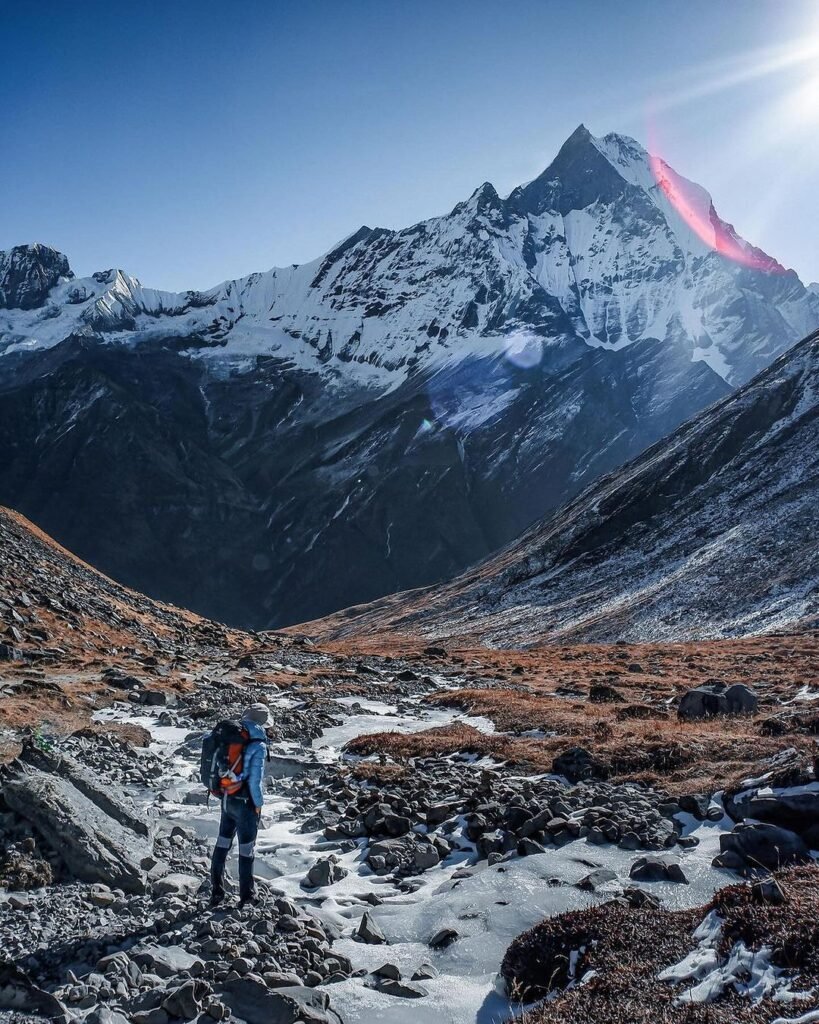
10. What should I do on rest days during EBC trek acclimatization?
Rest days don’t mean complete inactivity. Gentle hikes to viewpoints, exploring nearby villages, and practicing yoga or deep breathing exercises can be excellent ways to spend your rest days while still promoting acclimatization.
11. How can I sleep better during EBC trek acclimatization?
Thin air at high altitudes can disrupt sleep. Here are some tips: avoid large meals before bed, stay hydrated, loosen clothing for comfort, and practice relaxation techniques like deep breathing or meditation.
12. What are some signs I need to descend while acclimatizing for the EBC trek?
Severe headaches that don’t respond to medication, persistent nausea or vomiting, worsening shortness of breath, confusion, or feeling unusually weak are all signs you might need to descend for your safety.
13. Is it normal to feel tired during EBC trek acclimatization?
Yes, fatigue is a common symptom during EBC trek acclimatization. Listen to your body, take breaks when needed, and prioritize sleep on rest days.
14. What should I pack for EBC trek acclimatization?
Pack layers of clothing for varying temperatures, good hiking boots, a hat, sunglasses, sunscreen, and a water bottle or hydration bladder. Consider adding Diamox (with doctor’s approval) and medications for potential altitude sickness symptoms.
15. How much weight should I carry during EBC trek acclimatization?
The less weight you carry, the easier it will be on your body during EBC trek acclimatization. Consider hiring porters to carry your main luggage, and pack only essentials for day hikes.
16. Can I train for EBC trek acclimatization before the trip?
Cardiovascular exercise that mimics hiking, such as running or cycling, can improve your fitness for the EBC trek. However, there’s no substitute for high-altitude acclimatization itself.

